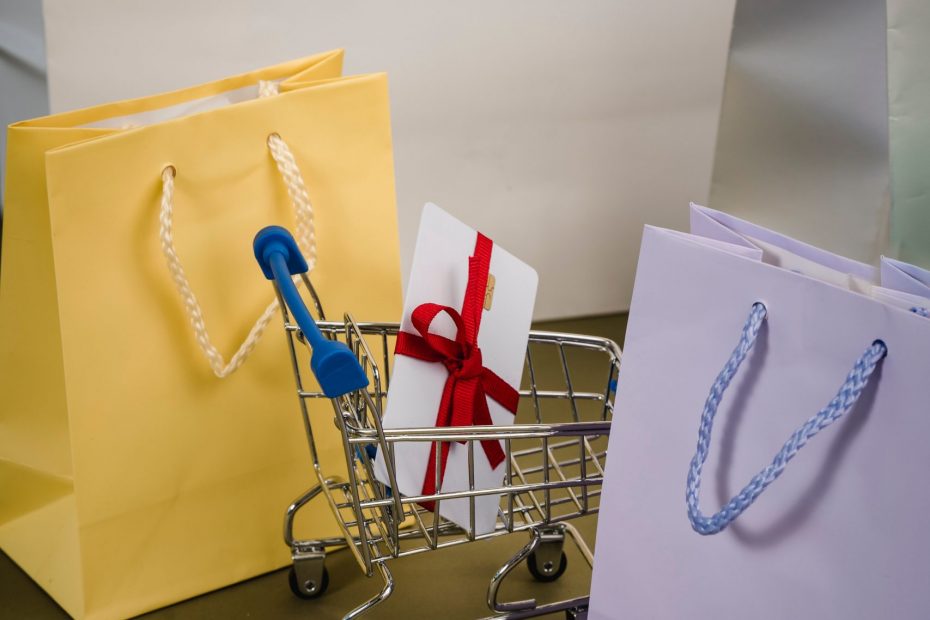The entire infrastructure of payments is undergoing massive shifts and transformation. Although already growing in recent years, the most recent catalyst forward was the outbreak of the pandemic.
Merchants worldwide pivoted their business operations overnight to survive the lockdowns. More consumers were reluctant to go into stores and preferred to shop almost entirely online. Those that did venture out to brick-and mortar-stores demanded that their transactions remain contactless.
Digital Payment Trends To Look Out For In 2021
The pandemic has certainly had a hand in propelling what was already trending in the payment space. Here are five top digital payment trends that have picked up speed in 2021:
1. Digital Payments
During the early outbreak of the pandemic, customers were concerned about the virus surviving on surfaces, thereby foregoing any kind of payment method that requires physical contact.
Instead, they opted for digital payment channels such as tap-to-pay, digital wallet payments, and mobile payments. According to Aite analyst, David Shipper, the number of mobile wallet transactions doubled in the months that followed March 2020. Juniper Research found that digital wallet users are expected to surpass 4.4 billion worldwide by the year 2025. This is an increase from 2.6 billion in 2020.
2. BNPL (Buy-Now-Pay-Later)
BNPL is a type of “short term financing” that lets customers buy products only to pay for them at a later date. The subsequent lockdowns placed the US economy in a tailspin, with widespread closures of businesses and loss of jobs. For many Americans whose finances were tight, BNPL offered them the option to purchase what they needed.
A Forrester study indicated that, almost “36% of US online adults are interested in, currently use, or have used a “˜buy now, pay later’ service for a large purchase”.
3. ACH Transactions and Real Time Payments
As the result of the pandemic, consumers suddenly found themselves in need of cash…fast. Since traditional financial institutions are not equipped to provide real-time payments, consumers turned to P2P apps for instant transactions.
A Mercator study revealed that 70% of bank customers had used a P2P service at least one time in the past year.
Despite the sluggish economy, ACH payments shattered records in 2020, increasing by 8.2%, which amounted to $28.6 billion in transactions.
4. Cross-Border Payments
The economy has become more globalized and the need for efficient, faster, and more affordable cross-border transactions are vital. Currently, “traditional correspondent payment channels” are outdated and can take days in order to process a transaction.
With the sluggish time frame and high costs, more innovation is underway within the cross-border payment landscape.
A McKinsey report states that cross-border payments amounted to $130 trillion in 2019. This produced a payment revenue of almost $224 million.
5. The Surge of e-Comerce and Embedded Payments
During lockdown, the number of people that shopped online skyrocketed. e-Commerce channels saw a total spending of $794.5 billion in 2020. Of all sales that occurred in the United States in the previous year, e-Commerce sales made up 14.4%.
Since brick-and-mortar stores were forced to close, many built up their e-Commerce presence. This was also the case for small businesses that never sold online prior.
As far as embedded payments, prime examples include ride-sharing apps such as Lyft and Uber. Users of these services don’t have to hand out cash to the driver at the end of the trip, the transaction is completed using the app when the ride is complete.
In Closing
Due to the Covid-19 pandemic, the digital payment landscape has faced a massive disruption, but for the better. As the adage goes, necessity is the mother of invention, and the payments industry has dived head first into rapid innovation, exploring uncharted waters filled with many possibilities.

